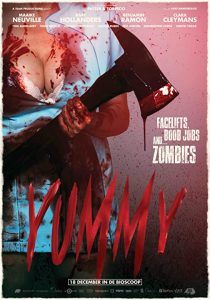 Since I saw Hack-O-Lantern last year, I’m pretty sure Yummy is / will be the weirdest[1] movie I see in 2021. It’s exactly the kind of movie I keep Shudder around for, because it’s so far outside the space of my expectations for any movie anywhere, yet in retrospect it was mandatory that someone finally make it.
Since I saw Hack-O-Lantern last year, I’m pretty sure Yummy is / will be the weirdest[1] movie I see in 2021. It’s exactly the kind of movie I keep Shudder around for, because it’s so far outside the space of my expectations for any movie anywhere, yet in retrospect it was mandatory that someone finally make it.
Because, have you ever seen an indictment of the plastic surgery / beauty standard, of toxic masculinity, and of the male gaze, all bundled together into a zombie outbreak movie? Except also it’s not brave enough to truly shy away from nearly any of those things, insofar as they might shatter precious genre conventions. But to be honest, those failures are a big part of what makes it just so… noteworthy? I’m not sure what I mean, but it is extremely that thing.
A dutch(?) lady with breasts larger than she’d like, her hemophobic[2] boyfriend, and her slutty teen fifty-something mom go to what the write-ups describe as a sketchy plastic surgery hospital, but I’m not sure I see much of that?, in order to get (respectively) a breast reduction surgery, credit for being legitimately supportive, and an umpteenth facelift and/or lipo. Except: oops all zombies! (I maybe left out some twists and turns, but do you care? I think not.)
Topless zombies, flaming penises, explosive lipoinsertion, and horrific manhole covers are but a few of the treats in store for anyone with the distinguished tastes required to give this weird-ass movie a shot. Check it out!
[1] Weirdest is maybe the wrong word. I’ve definitely seen a far weirder movie, but it was basically someone’s coked out fever dream, and a little too weird. So I guess here I’m using weird with an upper limit of “can be described without first getting high myself”.
[2] Aside from being a great word, this is another standout aspect of the movie. How has nobody ever put someone afraid of blood into a zombie flick? And yet, here we are breaking new ground.
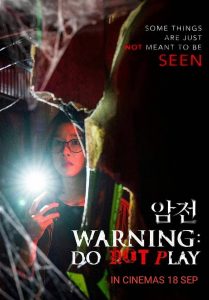
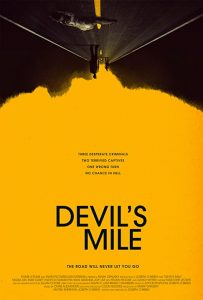 I almost wish
I almost wish 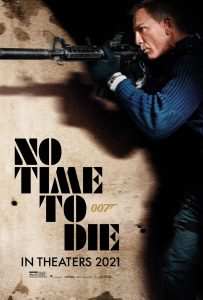 I’m still not entirely comfortable with the fact that all of the Daniel Craig Bond films have shared a continuity and an ongoing story arc. I mean, yes, it’s great from a storytelling perspective. But it’s not really how James Bond movies work, traditionally?
I’m still not entirely comfortable with the fact that all of the Daniel Craig Bond films have shared a continuity and an ongoing story arc. I mean, yes, it’s great from a storytelling perspective. But it’s not really how James Bond movies work, traditionally?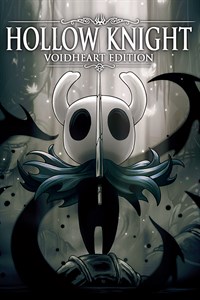 I still don’t understand why games that are roguelike are named after the original game of that style, Rogue, while games that are Metroid-like (ie, exploration-platformers with boss fights and power-ups) are named after more than a decade later when Castlevania did the same thing, and someone decided they were equivalent and everyone else agreed. It’s just not right.
I still don’t understand why games that are roguelike are named after the original game of that style, Rogue, while games that are Metroid-like (ie, exploration-platformers with boss fights and power-ups) are named after more than a decade later when Castlevania did the same thing, and someone decided they were equivalent and everyone else agreed. It’s just not right. The thing that made I Spit on Your Grave[1] more than torture porn [before that was even a subgenre] is the novelty. There aren’t many lady revenge stories, and fewer that are violent in the way that dude revenge stories are violent. As such, it has both the typically female strength storyline in which a woman who has faced, uh, let’s say adversity is able to rise up from circumstances that would destroy a man[2], and then it follows that up with the direct, bloody revenge that has, as I said, been a traditionally male-dominated arena.
The thing that made I Spit on Your Grave[1] more than torture porn [before that was even a subgenre] is the novelty. There aren’t many lady revenge stories, and fewer that are violent in the way that dude revenge stories are violent. As such, it has both the typically female strength storyline in which a woman who has faced, uh, let’s say adversity is able to rise up from circumstances that would destroy a man[2], and then it follows that up with the direct, bloody revenge that has, as I said, been a traditionally male-dominated arena.